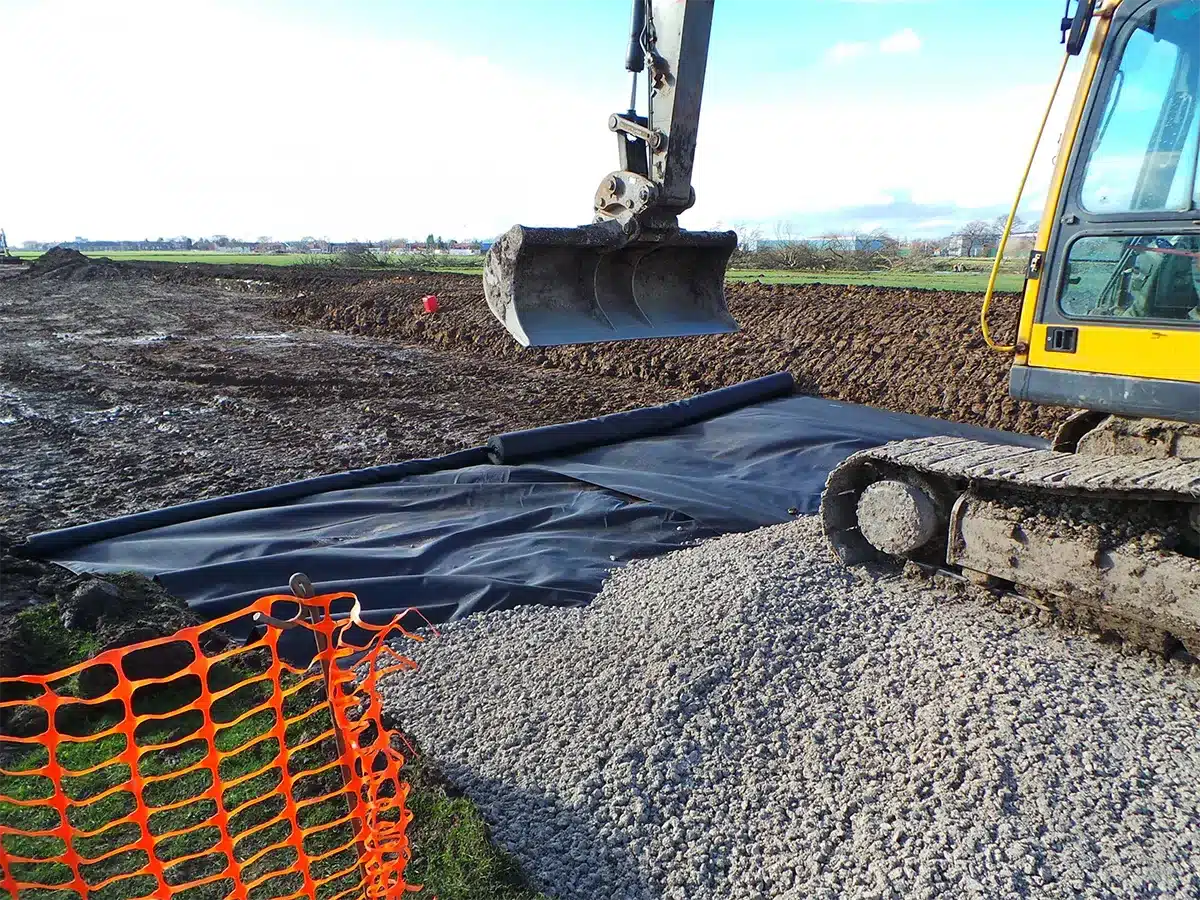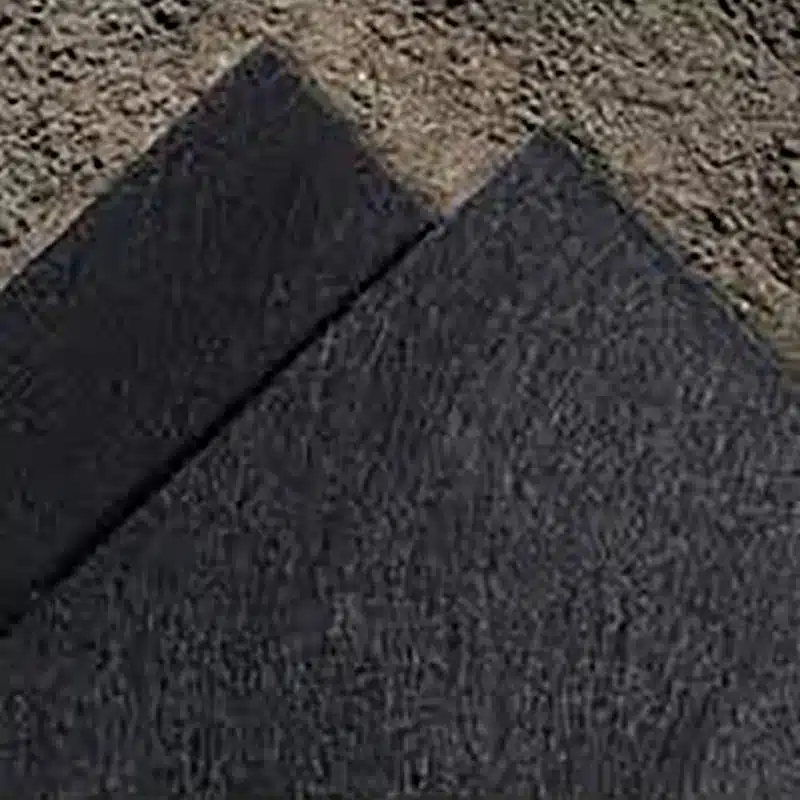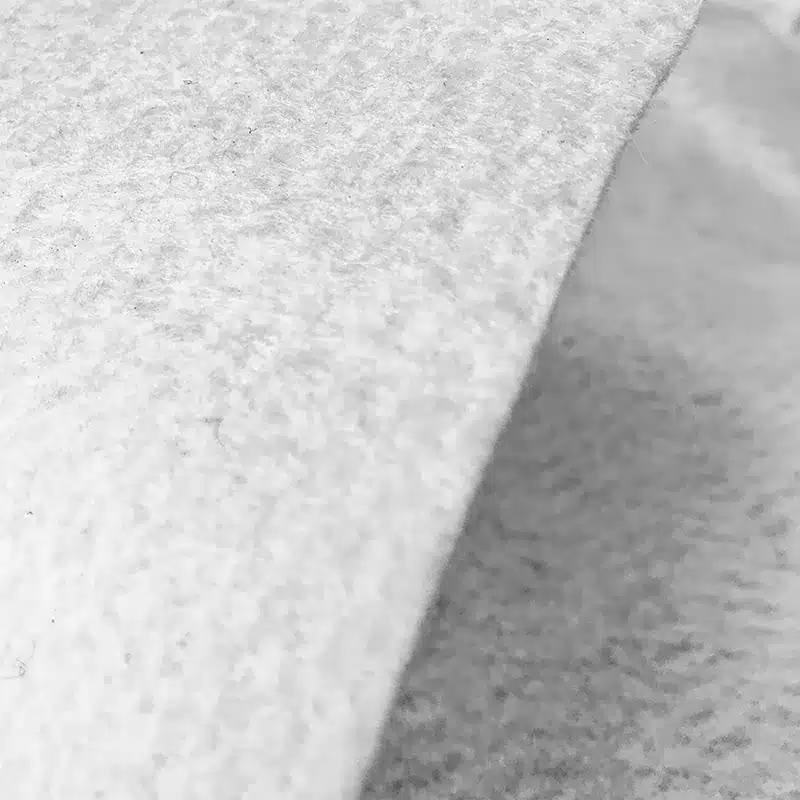+86-159 9860 6917
info@geofantex.com
geofantex@gmail.com
+86-400-8266163-44899
When it comes to building a long-lasting and durable driveway, the choice of materials beneath the surface is just as crucial as the visible layers. Nonwoven geotextile, commonly referred to as geo fabric, plays a pivotal role in the construction and longevity of driveways. This article delves into the specifics of nonwoven geotextile fabric, exploring its necessity, differences from woven types, and its interaction with water.
Is geotextile fabric needed for a driveway?
Absolutely, if you want your driveway to last, Geotextile fabric is highly recommended in driveway construction to enhance stability and durability. Nonwoven geotextile, specifically, serves multiple purposes: it acts as a stabilizer that helps distribute weight evenly and prevent rutting, a filter that prevents the mixing of subsoil with the aggregate layer, and a separation barrier to keep the structure intact over time. By using geo fabric, you ensure that your driveway can withstand regular traffic and adverse weather conditions, reducing maintenance costs in the long run.

What is the difference between woven and nonwoven geotextile for driveways?
The key difference lies in their structure and functionality. Woven geotextile is generally made from weaving together synthetic fibers, creating a strong and rigid fabric ideal for stabilization and reinforcement. On the other hand, nonwoven geotextile is typically manufactured through a process that bonds fibers together, either mechanically, thermally, or chemically. This process results in a fabric that is not only more flexible and permeable but also a nonwoven geotextile that stretches much more than a woven geotextile. For driveways, nonwoven geotextile is preferable because it offers excellent drainage properties while still providing adequate strength and separation.
Can water pass through non-woven geotextile?
Yes, nonwoven geotextile is designed to allow water to pass through it efficiently. Non-woven filter fabric is designed with materials that have a higher flow through rate, making it much easier for water to pass through the material. Its permeability makes it an excellent choice for drainage applications, including driveways. The fabric’s ability to permit water flow helps prevent the build-up of surface water and decreases the risk of erosion under the driveway by facilitating proper drainage of groundwater and rainwater.
Does geotextile fabric stop the water?
Nonwoven geotextile does not stop water; instead, it controls its flow and distribution. The fabric is permeable and allows water to pass through while filtering out sediment and other particulates. It allows water to penetrate and drain through, which prevents the formation of puddles and waterlogging on the surface of the driveway, thereby protecting the structural integrity of the base and sub-base layers from water damage and instability.
Nonwoven geotextile, or geo fabric, is an essential component for constructing a robust and long-lasting driveway. Its roles in stabilization, filtration, and separation help maintain the driveway’s structure and functionality over time. By facilitating efficient water drainage and preventing sediment contamination, nonwoven geotextile ensures that your driveway remains durable against the elements and frequent use. For homeowners looking to enhance their property’s value and functionality, investing in high-quality nonwoven geo fabric for their driveway project is a wise decision.



Get Free Sample
We’ll respond as soon as possible(within 12 hours)






















